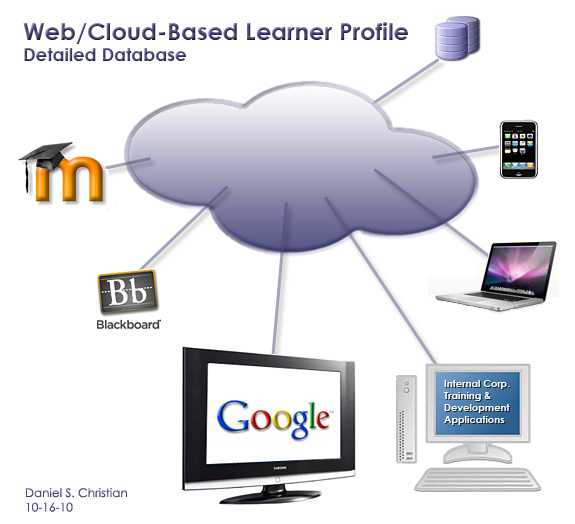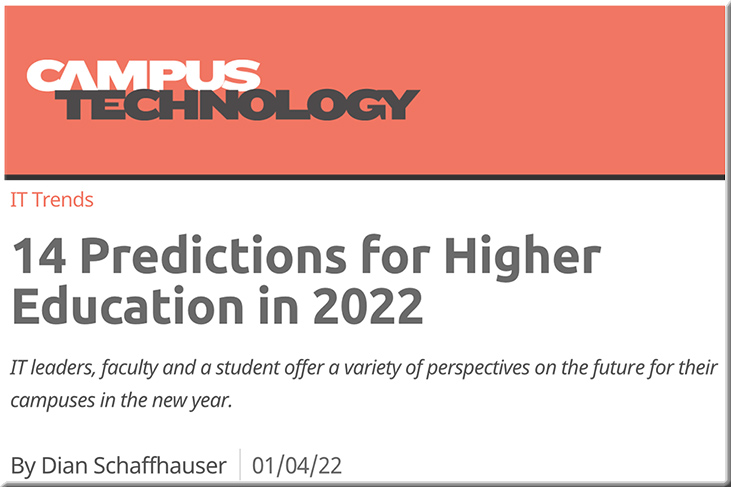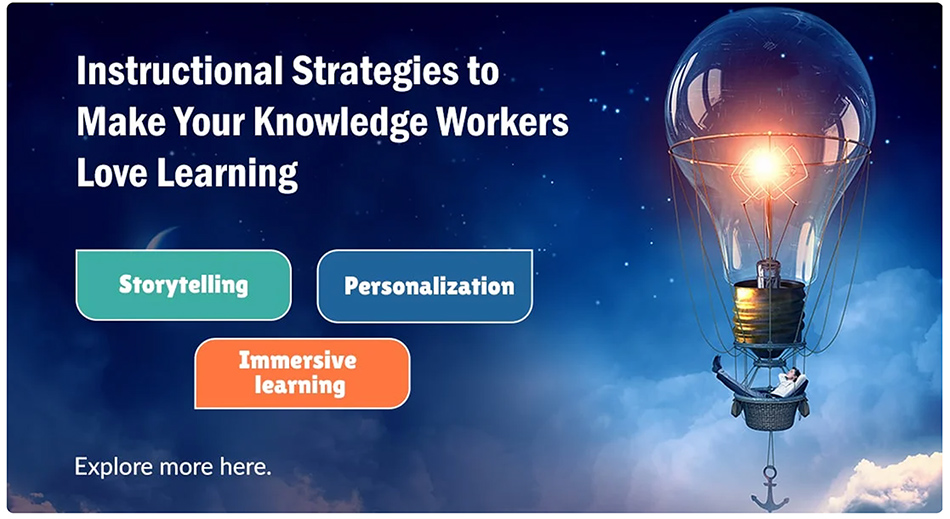How Virtual Reality Can Be More Accessible with WalkinVR — from equalentry.com by Meryl Evans
Excerpt:
In another scenario, you can’t reach up high. Or maybe you can’t hold the virtual reality controllers or press the buttons.
WalkinVR Driver fills in the gap. It’s a free driver that enhances virtual reality to work with the person’s abilities and preferences. One option is the Xbox Controller Move , which allows you to connect a standard Xbox video game controller to the game.
Also relevant/see:
Which Types of Colleges Have the Most Undergraduates With Disabilities? — from chronicle.com
Excerpt:
Here’s a sector-by-sector look at the percentage of undergraduates who reported a disability to the campus’s office of disability services, or a similar office, in the academic years 2016-17 to 2019-20. Undergraduate students with disabilities are those who reported that they had one or more of the following conditions: a specific learning disability, a visual impairment, a hearing difficulty or deafness, a speech impairment, an orthopedic impairment, or another health impairment. The diversity and related offices provide these students with such services as note-takers and American Sign Language interpreters.
Addendum later on 3/17/22:
Assistive technology personalizes the learning environment — from thetechedvocate.org by Matthew Lynch
Excerpt:
We talk a lot about personalized learning and how it can benefit learners by providing them with more detailed instruction catered to their needs. It helps them overcome learning challenges and achieve their educational goals.
We’ve also discussed assistive technologies – technologies designed to aid students with learning difficulties and other disabilities, understand and retain knowledge to improve their learning outcomes. The two can go hand-in-hand, as assistive technology can help all students receive a more personalized learning experience.
Let’s take a look at some of the ways that AT is used in the classroom and its personalized learning.












